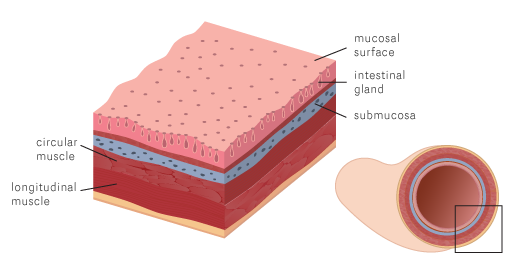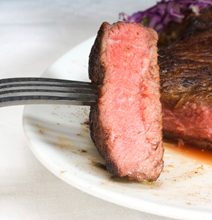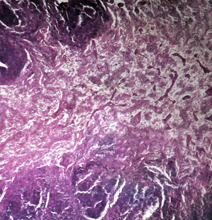Colon and rectum anatomy
The colon is just a long muscular tube, about 5 feet (1,5m) long.
Its function is to absorb water and to form and expel feces. For that, the colon has several (circular) layers of differently specialized tissues:

Mucosa
The colon and rectum’s internal layer, which includes a coating tissue in direct contact with the digested food formed by:
• Cells that absorb water (columnar cells)
• Cells that produce mucus (goblet cells)
Most colon and rectal cancers develop from polyps on goblet cells
Submucosa
Tissue between the mucosa and the muscular propria, it contains a dense network of lymphatic and blood vessels that turn into capillaries in the mucosa. The submucosa also has a thick neural network.
Muscular layer
Layer made up of two muscular tissues responsible for the peristaltic movements that, through cycles of contraction and relaxation, carry the food along the colon/gut.
Colorectal cancer tends to start on the most internal layer of the colon – the mucosa – but as it grows, invades the other layers of muscular tissues that form the colon and rectum. How much cancer has grown, and if it spread to other organs, determines the disease stage
.





